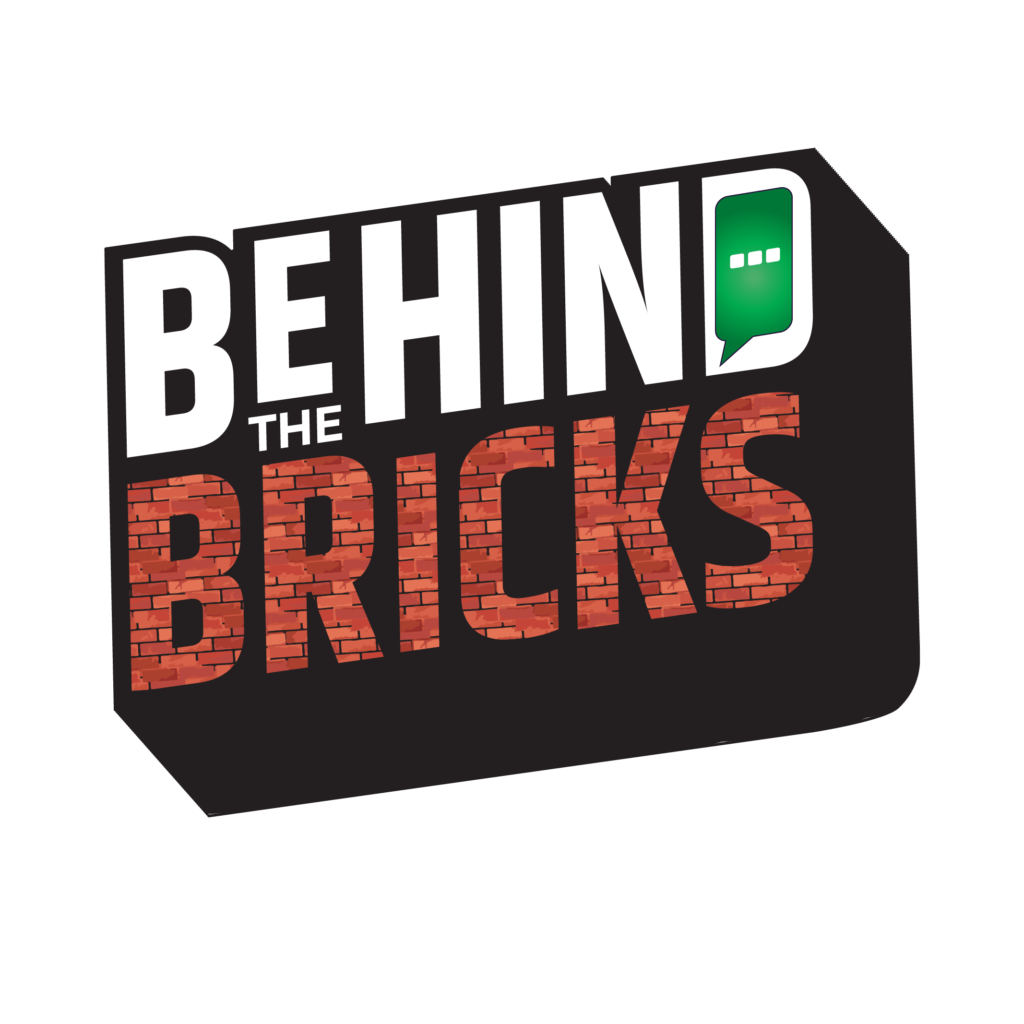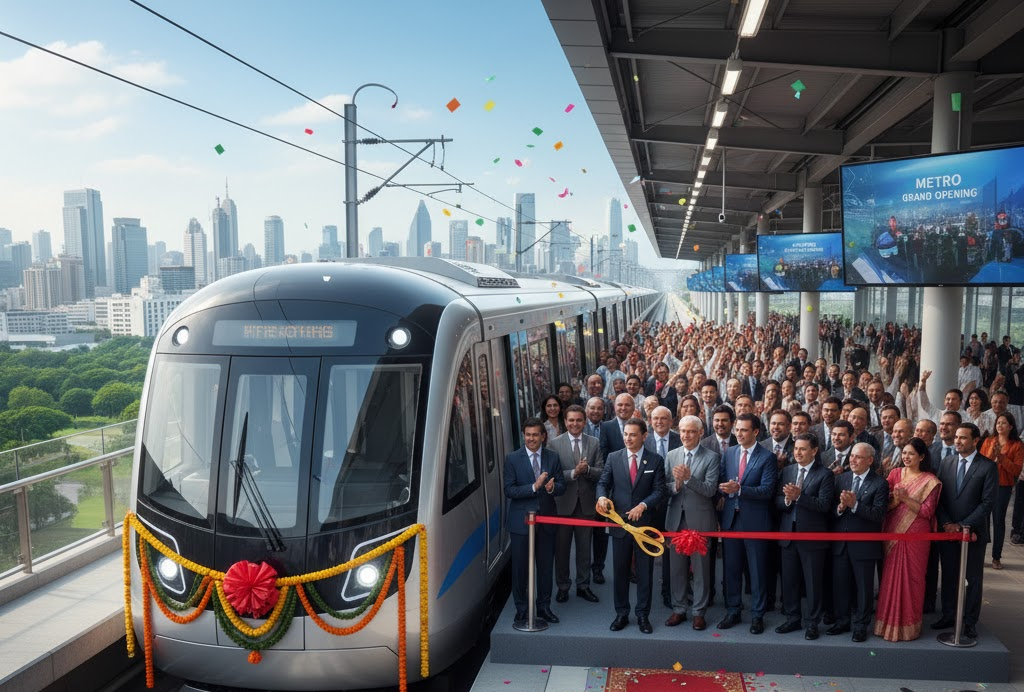The recent completion of the final phase of the Mumbai Metro Line 3, also known as the Aqua Line, marks a momentous occasion for India’s financial capital. With Prime Minister Narendra Modi officially opening the last stretch that connects Worli to Cuffe Parade, the city has gained a brand-new, 33-kilometre underground railway that promises to fundamentally change how millions of people live and commute.
A historic infrastructure achievement
This massive Metro project, with a total cost exceeding ₹37,000 crore, is not just a railway, it’s a critical piece of infrastructure designed to relieve the crushing pressure on Mumbai’s existing transport networks. The Line 3 now offers a direct, fast connection between the far north, near the airport and the southern tip of the city, bringing major hubs like the Bandra Kurla Complex (BKC) closer to areas like Nariman Point and Cuffe Parade.
The line is set to transform travel, reducing hours-long commutes to minutes. It links essential city locations, including Dadar, Mahalaxmi, Mumbai Central, Churchgate and the domestic and international airports, making daily life dramatically easier for residents and boosting business efficiency across the metropolitan area.
South Mumbai’s grand comeback
The impact of this connectivity is most keenly felt in the property market of South Mumbai (SOBO). For many years, affluent residents began moving north to newer, high-rise buildings in neighborhoods like Worli and Bandra. This shift caused some of South Mumbai’s traditionally prestigious areas, such as Colaba and Cuffe Parade, to fade slightly from their top position in the luxury real estate hierarchy.
Real estate experts now anticipate a major reversal of this trend. They believe the completed Metro Line 3 will restore the allure of these historic zones. By offering swift, guaranteed travel times, the Metro removes one of the biggest drawbacks of living in the southern city, traffic congestion. This renewed accessibility means that property in Colaba and Cuffe Parade is expected to once again become highly sought after.
Investment confidence is high
The improved transport link is already inspiring greater confidence among property developers and homebuyers. Analysts predict a rise in interest, especially in areas directly served by the new stations.
The financial forecasts are particularly striking. Even with prices potentially reaching around ₹75,000 per square foot for new luxury projects, the superb connectivity offered by the Metro makes these purchases look like a wise investment. The value created by the massive reduction in daily commute time and the ease of getting to financial districts is seen as balancing out the high price tag.
The Metro Line 3 is also expected to kickstart much-needed redevelopment in older, dense neighborhoods like Girgaon and Kalbadevi. With easier access making these areas more desirable, old properties can be redeveloped into new residential complexes, injecting fresh housing supply into the market.
Also Read – MMR’s Twin Triumph: Airport & Metro Drive Real Estate Boom
A Long-Term Vision
While some experts point out that large-scale road projects like the Coastal Road will also play a role in long-term city planning, the Metro Line 3 offers immediate and guaranteed relief. It is more than just cutting travel time; it is about significantly improving the quality of life for commuters.
Ultimately, the opening of this Aqua Line is solidifying Mumbai’s standing as a world-class city. It signals a move towards reliable, modern public transit, which is an irresistible magnet for both residents and investors, ensuring the city’s real estate market remains dynamic for years to come.


Write Your Comment